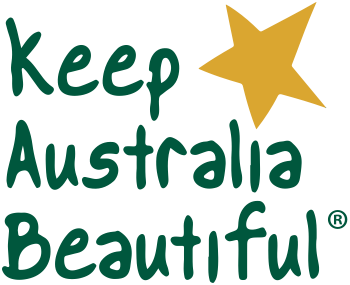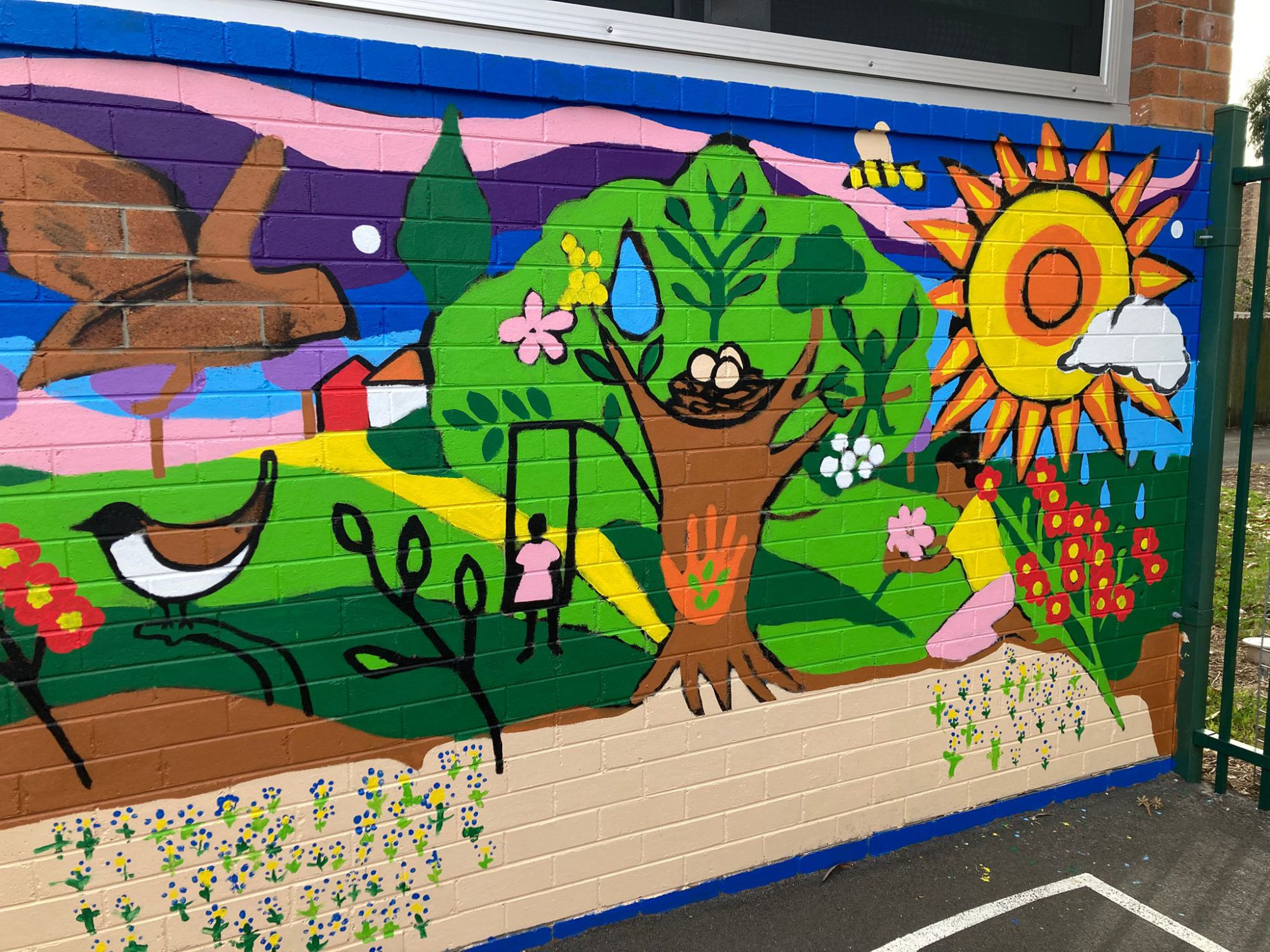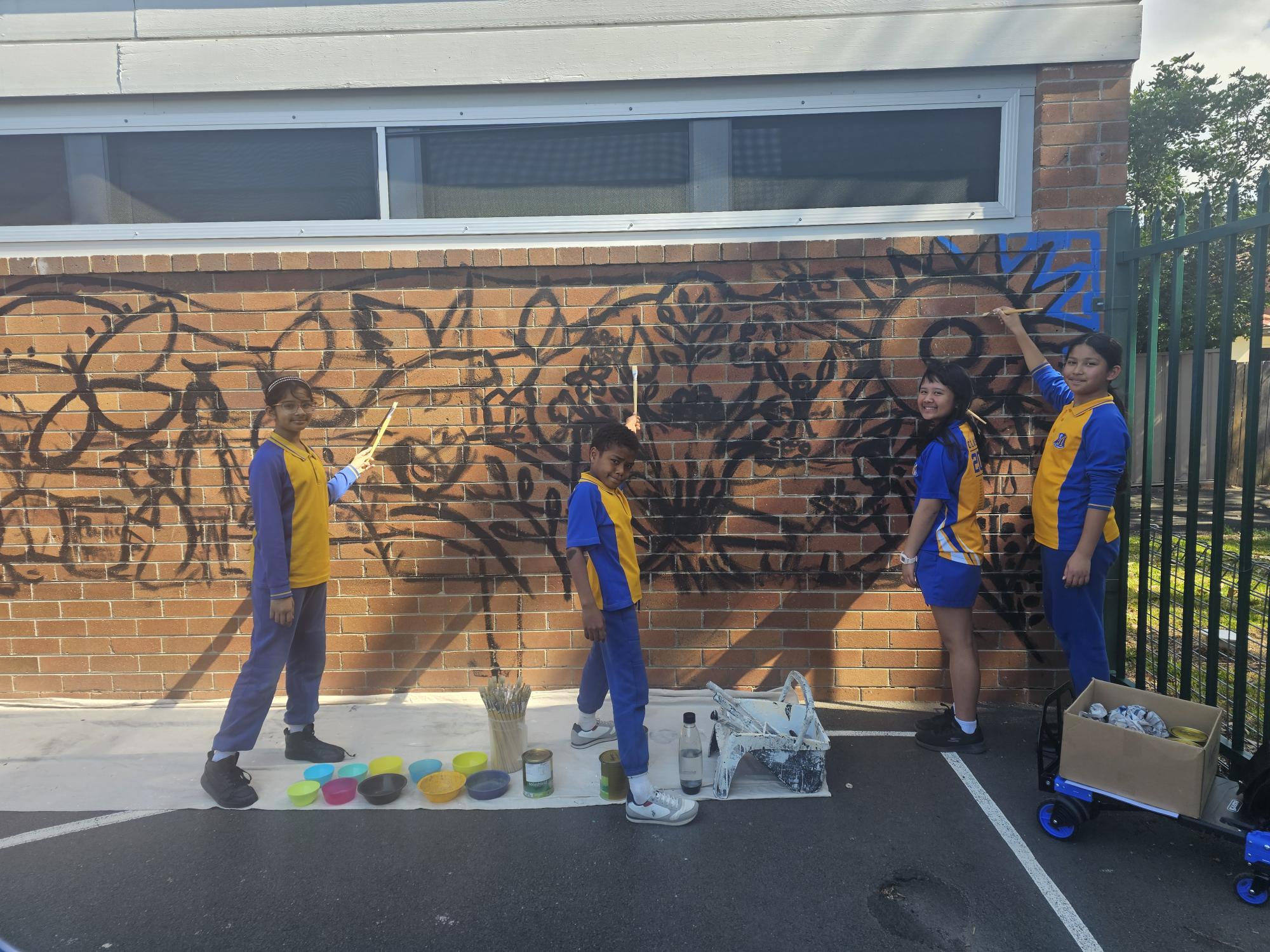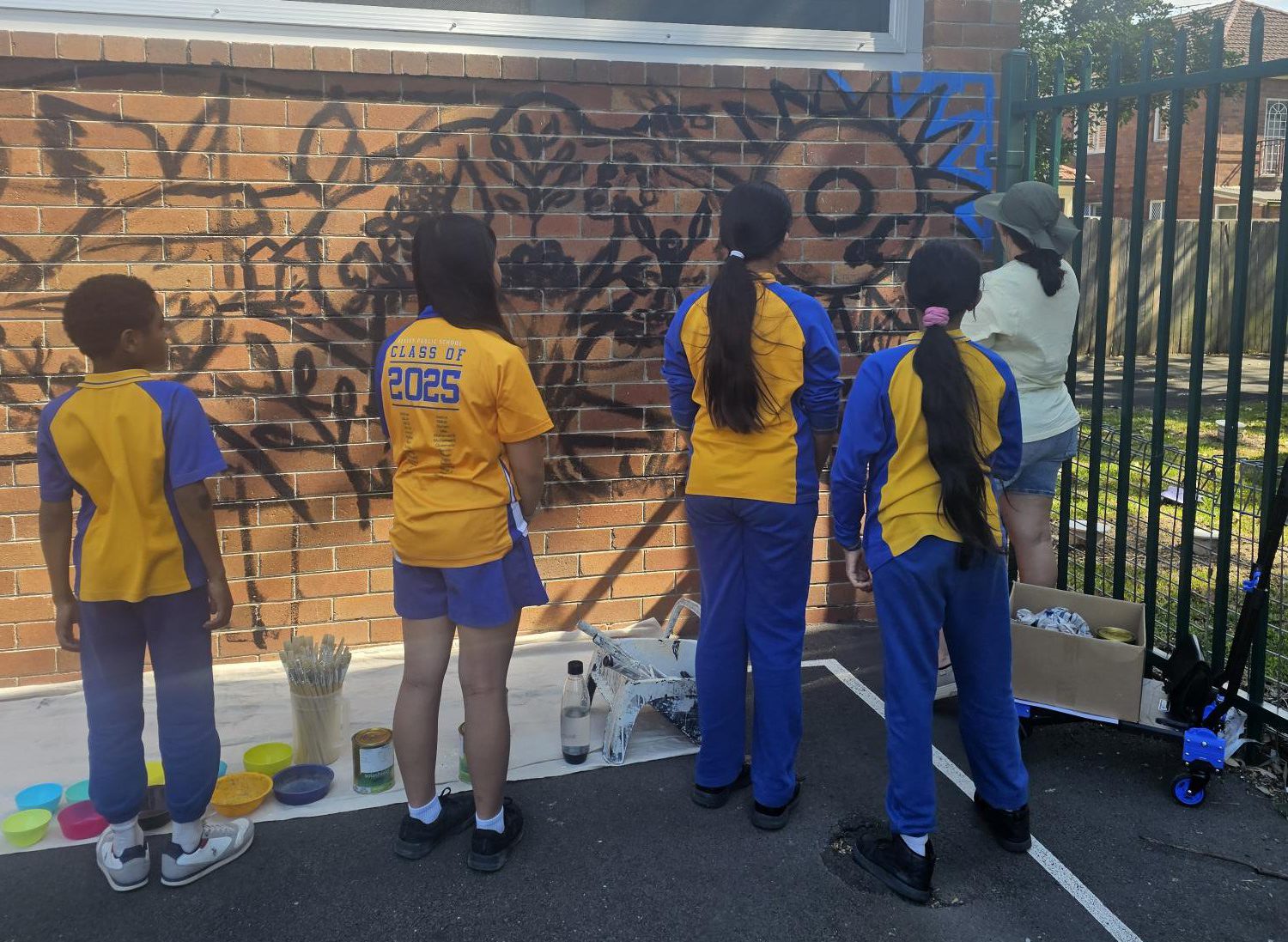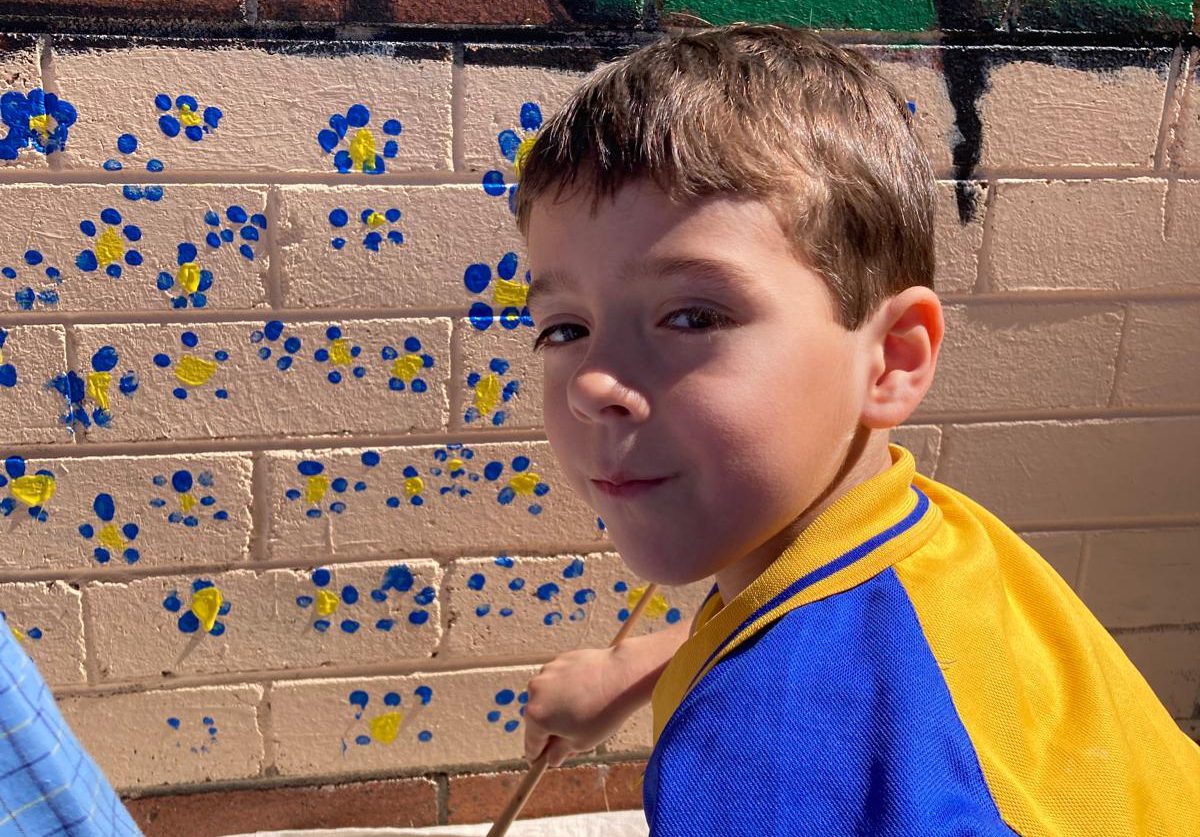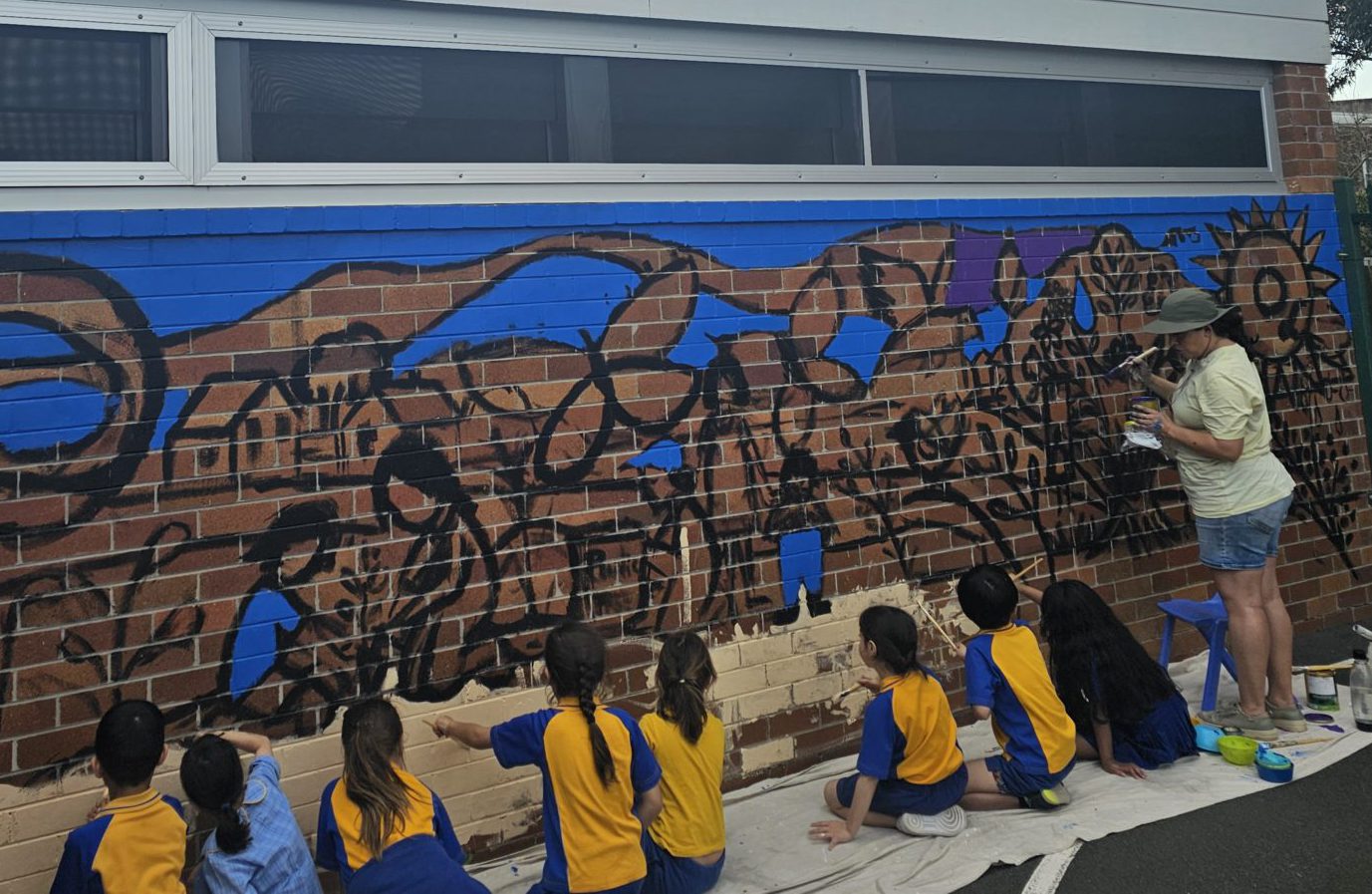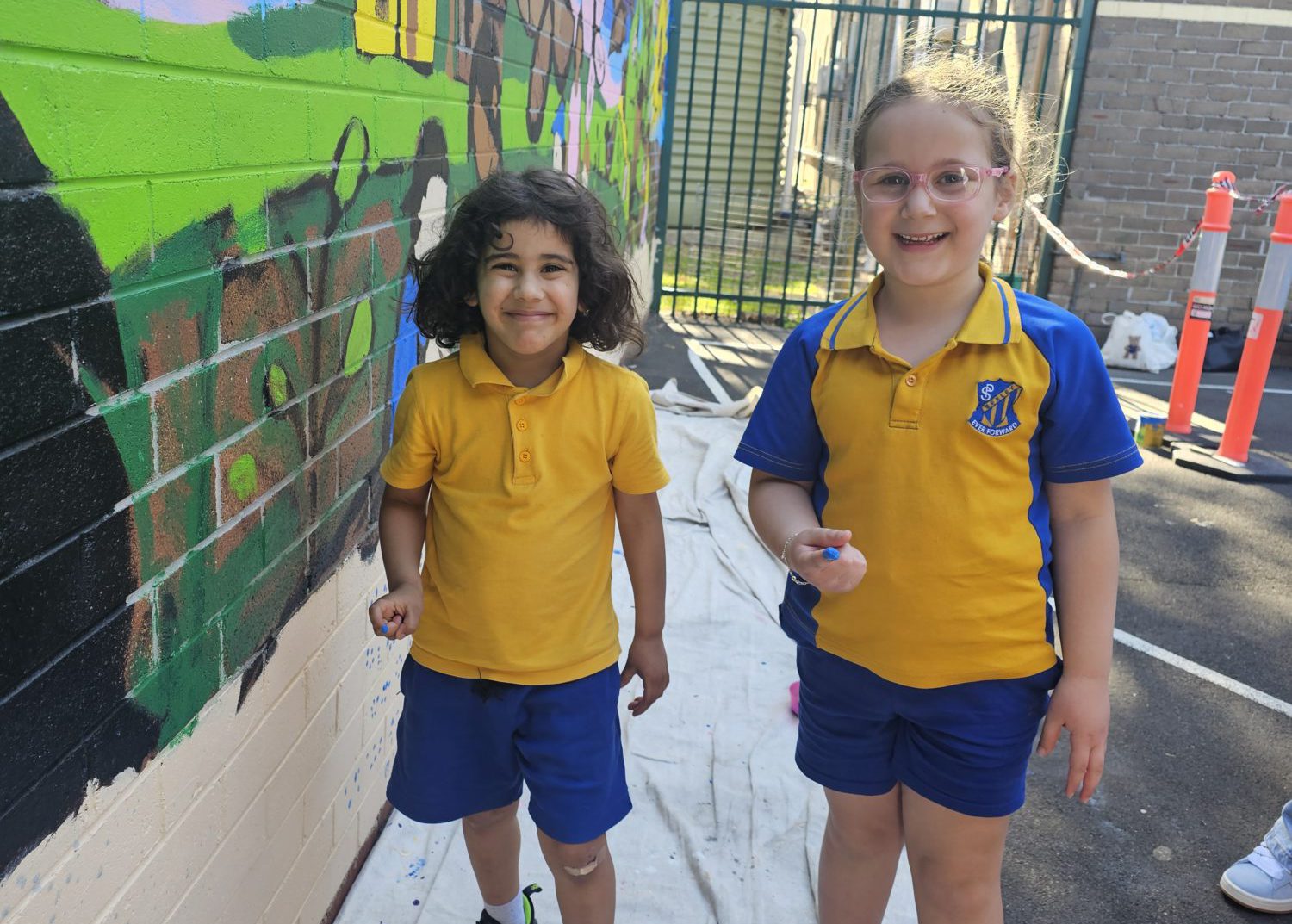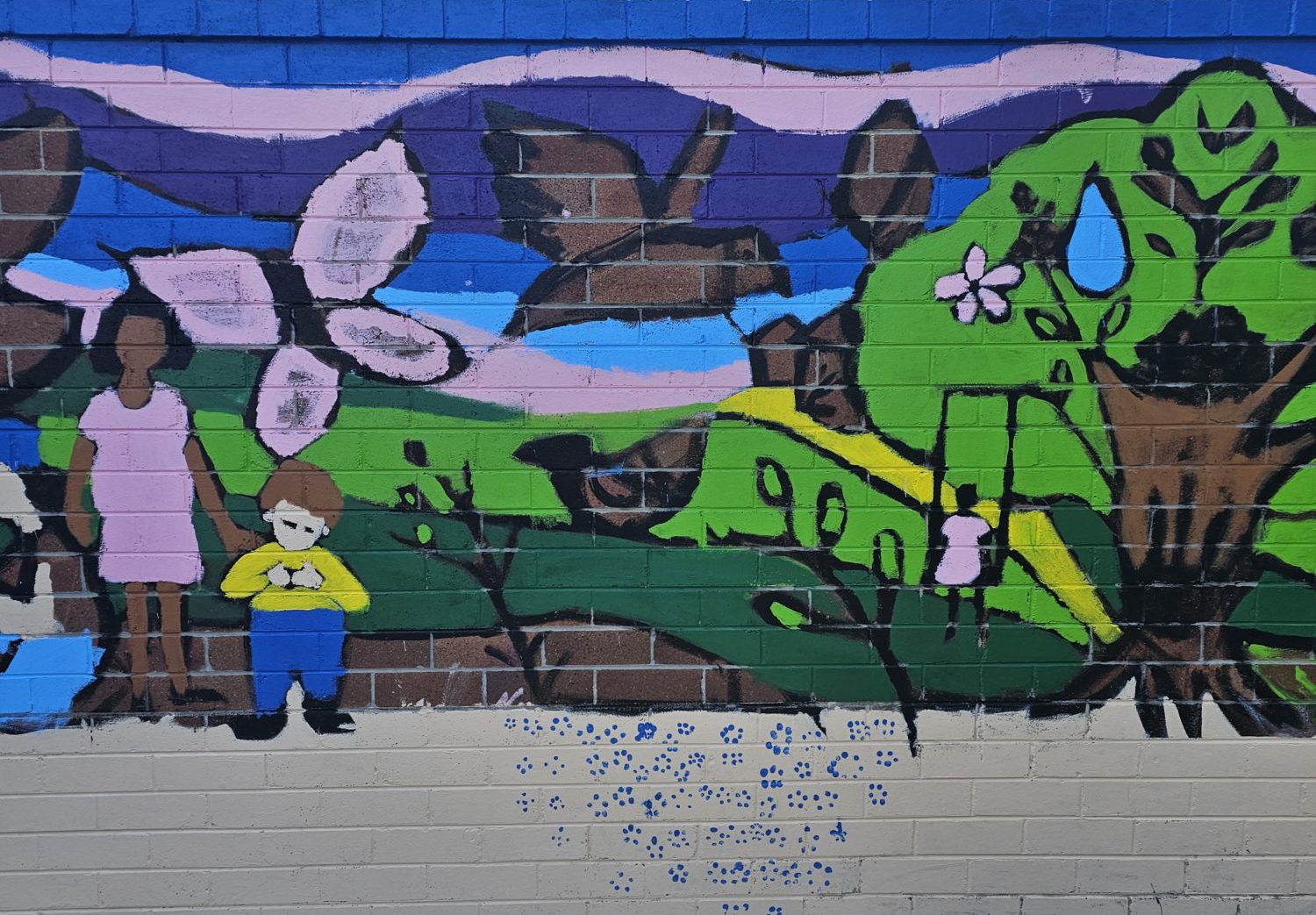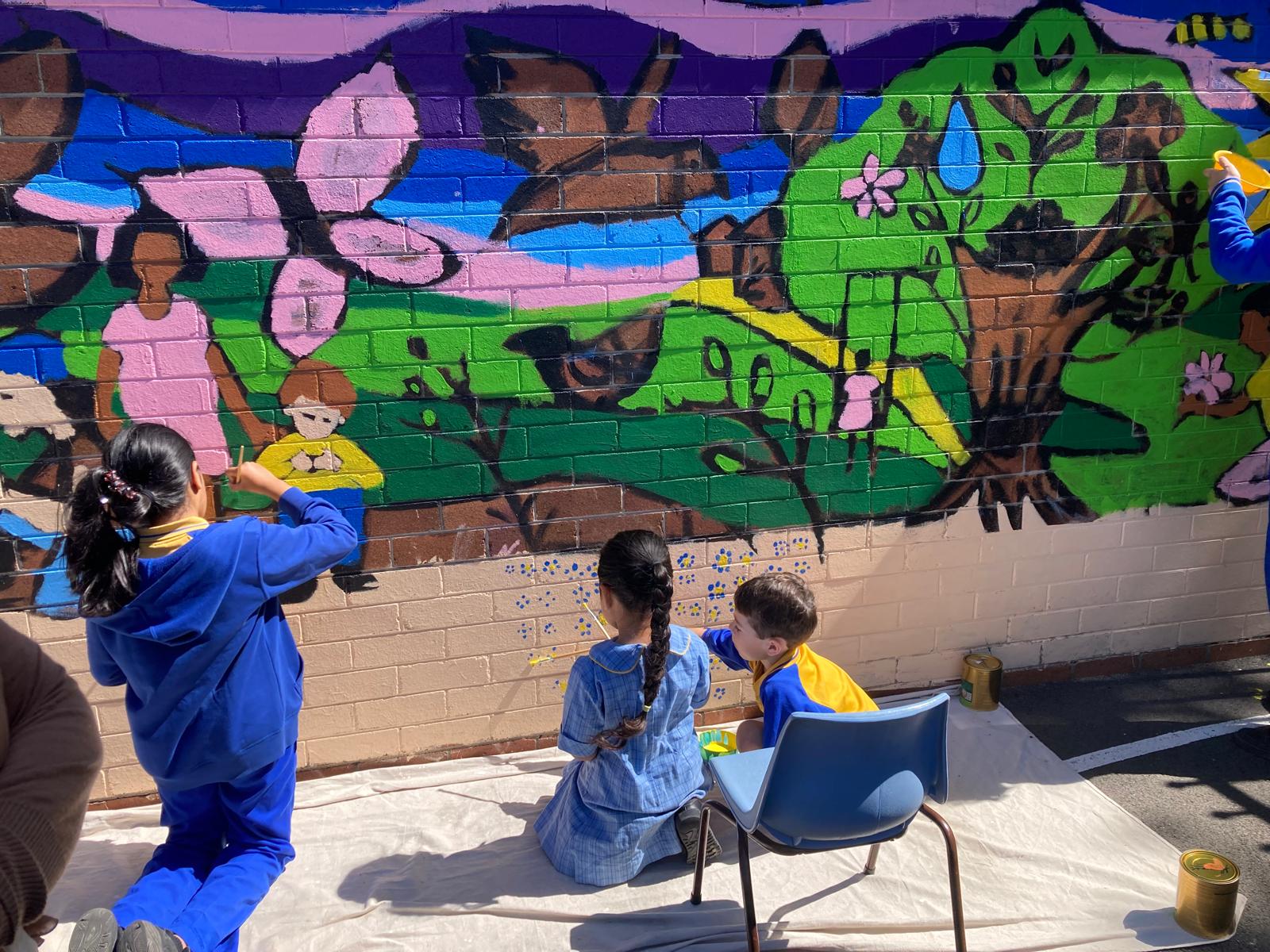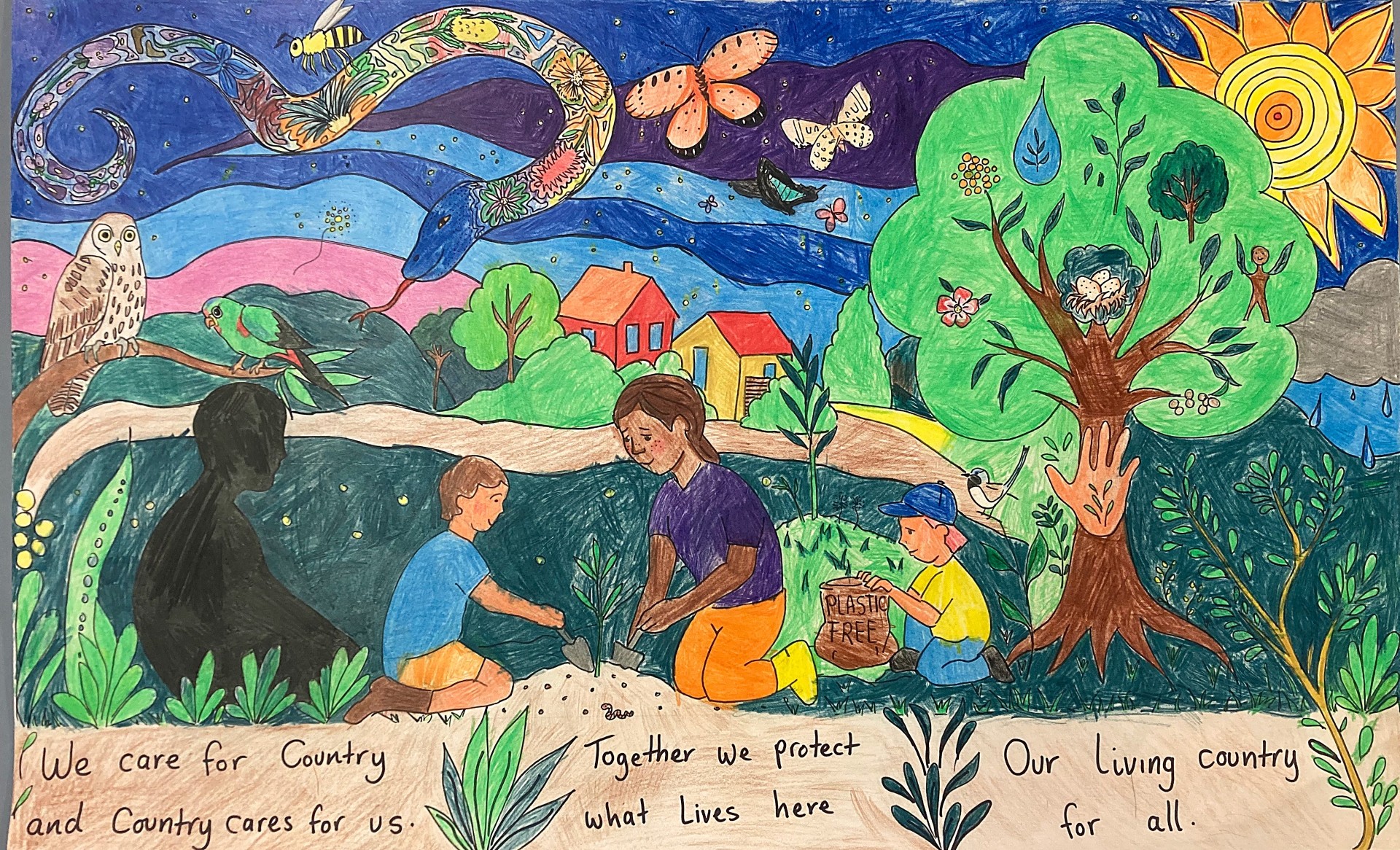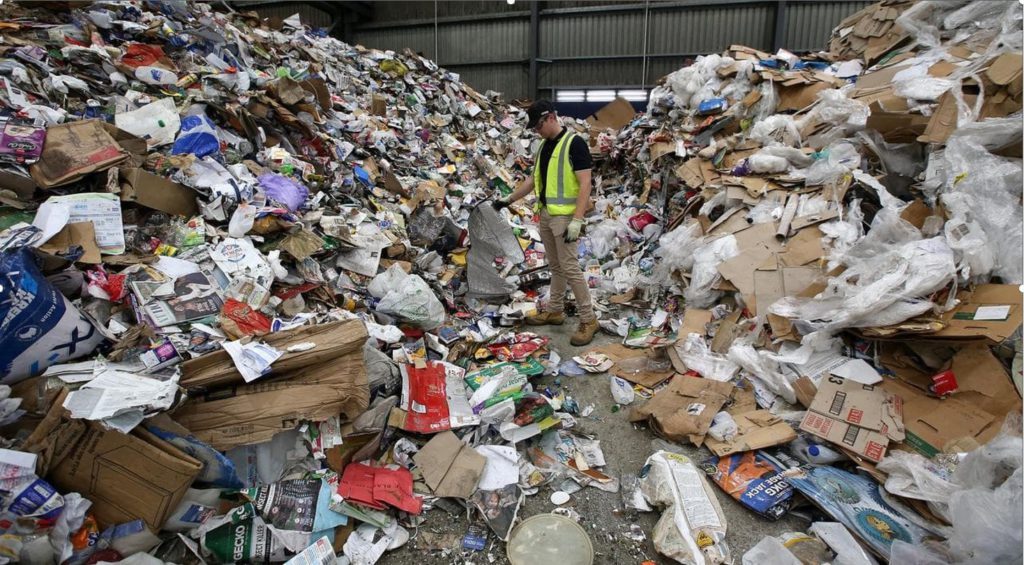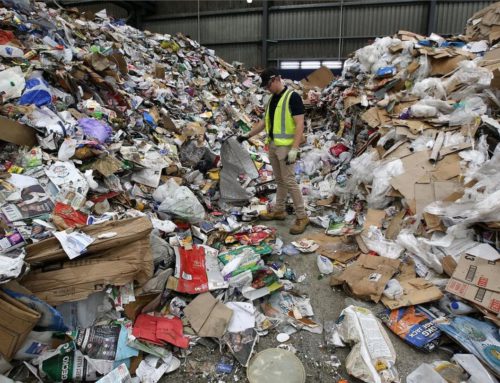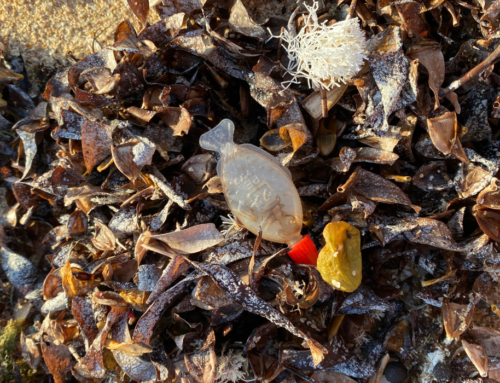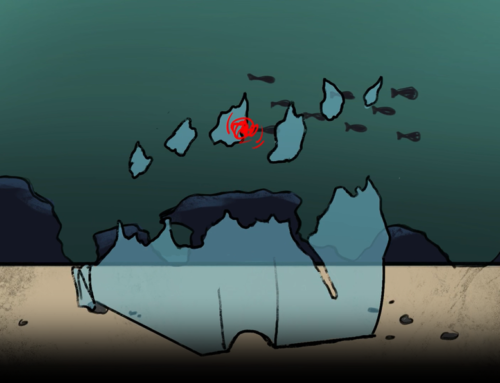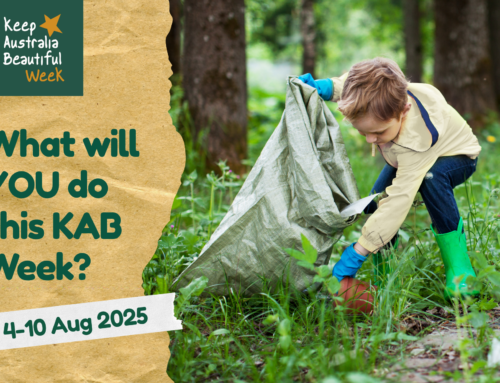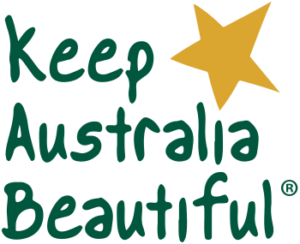Paint Australia Beautiful 2025
NSW Finalist – Bexley Public School (Grades Kinder-6)
Celebrating Local Wildlife through art
At Bexley Public School in Sydney, environmental education is deeply intertwined with cultural inclusion, community pride, and a strong sense of history. Established in 1887, the school continues to grow and adapt, serving a diverse student population with an enduring commitment to belonging and care.
With just 220 students, Bexley is small in size but rich in diversity and spirit. Around 86% of students speak a language other than English at home, and the school celebrates this through community language programs, an annual multicultural day, and events that reflect the vibrant cultural mosaic of its families. Inclusivity is also at the heart of the school’s identity, with three dedicated Inclusive Classes providing personalised learning for students with special needs.
Teacher Kathie Cvijetic, who has been part of the school for more than two decades, reflected: “Our community is lovely. We like to celebrate many cultural events and celebrations. Even though we are small, there’s a strong sense of belonging that connects us all.”
A School with Unique Character
Few people may know that Bexley was once a split campus, with K–2 classes across the road on what is now a private school site. Today, the school continues to innovate with programs such as its Arabic community language program and initiatives that embed cultural inclusion and sustainability into daily learning.
Bexley’s identity is also tied to the biodiversity of the Bayside area—from Grey-headed Flying-foxes at Wolli Creek to seahorse recovery programs in Botany Bay. Local bushland still shelters native plants, birds, and microbats, though many species remain under threat, reminding the community of the need to protect and preserve these habitats.
“Our school acts as a hub for the community. Just as the local environment is diverse and full of life, so too is our school community. Both are about connection, care and belonging,” Kathie explained.
Sustainability & Eco-Vision
Sustainability is not an add-on at Bexley—it’s at the heart of teaching and learning. Students are actively involved in recycling and composting, with food scraps feeding the school’s gardens, which in turn provide fresh produce for the school food program. The Gardening Club, run weekly, focuses on planting edible produce as well as native plants and trees, while Go Green Days and participation in Fruit and Vegetable Month keep sustainability fun and practical.
Leadership opportunities are built in. The Student Representative Council helps drive initiatives, while the school’s Science and STEM teacher has implemented a program that expands the garden with an Indigenous perspective.
“We provide our students with direct experiences in caring for living things and the land. The goal is to instill lifelong attitudes and practices towards sustainable living,” Kathie said.
Over time, these initiatives have been guided by the NSW Department of Education’s commitment to embedding environmental education across the curriculum. One milestone the school is particularly proud of is the establishment of its Aboriginal Garden Project, which included another mural co-created with Aboriginal community members and the planting of native species. Later this year, the school will also hold a traditional smoking ceremony to launch its new playground—a celebration of culture, sustainability, and community renewal.
The Mural: Our Living Country
Bexley entered the Paint Australia Beautiful campaign through its new High Potential and Gifted Education Creative Arts Program, giving students the chance to express their creativity in a project with lasting impact. Together with a school parent who is also an artist, students merged their individual designs into a unified mural titled “Our Living Country.”
The mural is divided into three flowing panels—past, present, and future. The past honours Aboriginal culture and its deep, ancient connection to caring for Country. The present highlights local children, Aboriginal and non-Indigenous, working together to protect the environment. The future, symbolised by a tree of life, conveys community renewal and hope.
Students were particularly keen to include the serpent, an important Aboriginal cultural symbol, alongside images of local flora and fauna such as the powerful owl. The writing at the bottom of each panel tells stories of sustainability and the brighter future all can strive for.
“We wanted the mural to celebrate the rich biodiversity of our local area while also showing how people, nature and Country are all connected,” Kathie shared. The mural not only reflects Bexley’s eco-vision but also serves as an enduring reminder to the whole community about the importance of protecting the environment and celebrating cultural heritage.
Recognition & Impact
Becoming a national finalist in the competition has been a moment of pride for the entire school. Students are thrilled that their legacy will remain on the school walls long after they graduate, while the wider community has rallied behind them with strong voting support.
“The students are super proud of themselves, and as a teacher who has worked here for over 20 years, I am also proud that the mural will be here long after I am gone,” Kathie reflected.
The project is intended to spark meaningful conversations about Aboriginal history, sustainability, and how to care for Country. It has strengthened links with the Aboriginal Garden Project and inspired students to take greater ownership of their environment.
Ultimately, Bexley hopes the mural will act as a beacon for sustainability and inclusion, reminding the local community of the future we should all work towards: “We hope the mural will remind people of the beauty of our land, our native plants and animals, and the importance of protecting them so that future generations can enjoy them too.”
Bexley shows how even a small school can have a big impact when community, culture, and sustainability come together.
